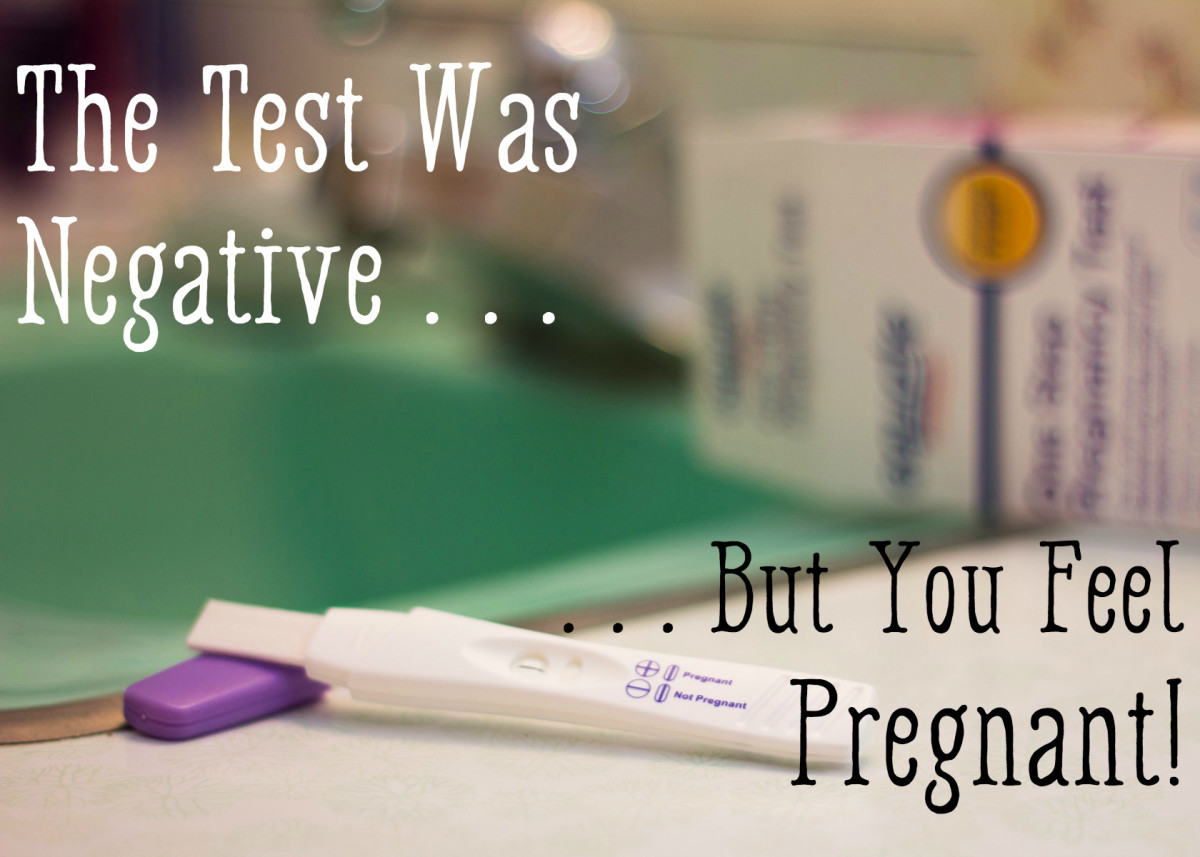

Griess’ nitrite test in diagnosis of urinary infection. Further evaluation of the Griess test to detect significant bacteriuria: part II. 2008 40(10):804–10.Ĭzerwinski AW, Wilkerson RG, Merrill JA, Braden B, Colmore JP. Asymptomatic bacteriuria in the elderly: high prevalence and high turnover of strains. Rodhe N, Löfgren S, Matussek A, André M, Englund L, Kühn I, et al.

Diagnosis of urinary tract infections in children. Reaffirmation of AAP clinical practice guideline: the diagnosis and management of the initial urinary tract infection in febrile infants and young children 2–24 months of age. Urinary tract infection: clinical practice guideline for the diagnosis and management of the initial UTI in febrile infants and children 2–24 months. Subcommittee on Urinary Tract Infection, Steering Committee on Quality Improvement and Management, Roberts KB. Effectiveness of preanalytic practices on contamination and diagnostic accuracy of urine cultures: a laboratory medicine best practices systematic review and meta-analysis. LaRocco MT, Franek J, Leibach EK, Weissfeld AS, Kraft CS, Sautter RL, et al. Urine culture contamination: a College of American pathologists Q-Probes study of 127 laboratories.
#Uti false negative pregnancy test update
Clinical practice guideline for the management of asymptomatic bacteriuria: 2019 update by the Infectious Diseases Society of America. Nicolle LE, Gupta K, Bradley SF, Colgan R, DeMuri GP, Drekonja D, et al.

Predicting acute uncomplicated urinary tract infection in women: a systematic review of the diagnostic accuracy of symptoms and signs. Giesen LG, Cousins G, Dimitrov BD, van de Laar FA, Fahey T. Does clinical examination aid in the diagnosis of urinary tract infections in women? A systematic review and meta-analysis. Development, diagnosis and differential diagnosis. Reevaluation of the acute cystitis symptom score, a self-reporting questionnaire. 2002 287(20):2701–10.Īlidjanov JF, Naber KG, Abdufattaev UA, Pilatz A, Wagenhehner FME. Does this woman have an acute uncomplicated urinary tract infection? JAMA. Keywordsīent S, Nallamothu BK, Simel DL, Fihn SD, Saint S. When considering the diagnosis of a urinary tract infection, the dipstick result should therefore be used with careful interpretation of symptoms, urine microscopy, and urine culture along with consideration of other potentially confounding diagnoses such as sexually transmitted infections (STI) and vaginosis. False positive and false negative dipstick tests are also common, and consideration should be given to the clinical context when interpreting results. Importantly, a positive dipstick result only suggests the presence of bacteriuria and does not help in distinguishing between asymptomatic bacteriuria and symptomatic UTI. Therefore, a positive nitrite test on the urine dipstick is suggestive of the presence of these organisms. coli) convert urinary nitrates that are routinely present in the urine into nitrite. Leukocyte esterase is an enzyme that is released by white blood cells (WBCs) and therefore correlates with pyuria. Two components of the dipstick that are utilized in assisting in the diagnosis of UTIs are leukocyte esterase and nitrites. It is usually ‘first-line’ in diagnosis given the ease of testing, low cost, and ability to use as a point-of-care test. The urine dipstick is used in combination with other clinical and microbiologic data to diagnose urinary tract infections (UTIs).


 0 kommentar(er)
0 kommentar(er)
